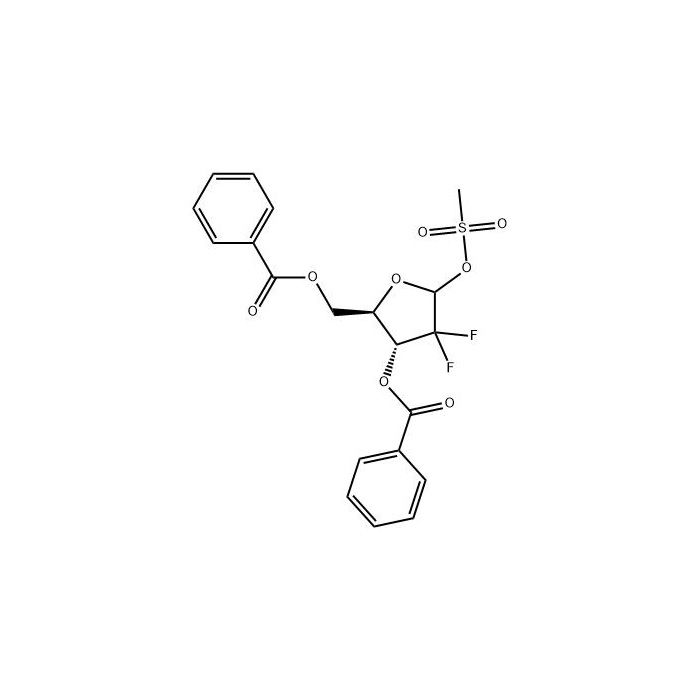
- English
- Español
- Português
- русский
- Français
- 日本語
- Deutsch
- tiếng Việt
- Italiano
- Nederlands
- ภาษาไทย
- Polski
- 한국어
- Svenska
- magyar
- Malay
- বাংলা ভাষার
- Dansk
- Suomi
- हिन्दी
- Pilipino
- Türkçe
- Gaeilge
- العربية
- Indonesia
- Norsk
- تمل
- český
- ελληνικά
- український
- Javanese
- فارسی
- தமிழ்
- తెలుగు
- नेपाली
- Burmese
- български
- ລາວ
- Latine
- Қазақша
- Euskal
- Azərbaycan
- Slovenský jazyk
- Македонски
- Lietuvos
- Eesti Keel
- Română
- Slovenski
- मराठी
- Srpski језик
How is Gemcitabine HCl T8 administered to patients?

How is Gemcitabine HCl T8 administered to patients?
Gemcitabine HCl T8 is available in the form of a powder that can be made into a solution for injection. It is usually given as an infusion into a vein over a period of 30 minutes. The dosage and frequency of the drug depend on the type and stage of cancer being treated, as well as the patient's overall health condition. The drug should only be administered under the supervision of a qualified healthcare professional.What are the side effects of Gemcitabine HCl T8?
Like all drugs, Gemcitabine HCl T8 can cause side effects. Some common side effects include nausea, vomiting, loss of appetite, hair loss, fatigue, and fever. Other side effects that are less common but more severe include difficulty breathing, chest pain, allergic reactions, and infection. Patients should report any unusual side effects to their healthcare provider immediately.Is Gemcitabine HCl T8 safe for use during pregnancy?
No, Gemcitabine HCl T8 is not safe for use during pregnancy. It can harm the developing fetus and cause birth defects. Women who are pregnant or plan to become pregnant should not use this medication.Can Gemcitabine HCl T8 be used in combination with other drugs?
Yes, Gemcitabine HCl T8 is often used in combination with other chemotherapy drugs to increase the effectiveness of the treatment and reduce the risk of cancer recurrence. The specific combination of drugs used depends on the type and stage of cancer being treated.In summary, Gemcitabine HCl T8 is a medication used in the treatment of various types of cancer. It is administered as an infusion into a vein under the supervision of a healthcare professional and can cause side effects. It should not be used during pregnancy. Gemcitabine HCl T8 can be used in combination with other chemotherapy drugs to increase effectiveness.
Jiangsu Run'an Pharmaceutical Co. Ltd. is a leading pharmaceutical company that specializes in the research, development, and manufacturing of innovative drugs for the treatment of various diseases. Our mission is to improve the health and well-being of people around the world by providing high-quality, affordable medications. To learn more about our company and products, please visit our website at https://www.jsrapharm.com. For inquiries, please contact us at wangjing@ctqjph.com.Scientific Publications:
1. Von Hoff DD, et al. (1997) Increased survival in pancreatic cancer with nab-paclitaxel plus gemcitabine. New England Journal of Medicine. 376(14): 1691-1701.
2. Stathopoulos GP, et al. (2003) Treatment of non-small-cell lung cancer with gemcitabine and cisplatin: a phase 3 study. Journal of Clinical Oncology. 21(8): 1472-1478.
3. Li J, et al. (2014) Gemcitabine and cisplatin in the treatment of advanced or metastatic bladder cancer: a retrospective study. BMC Cancer. 14: 91.
4. Tempero M, et al. (2013) Randomized phase 3 comparison of gemcitabine and nab-paclitaxel versus gemcitabine in patients with advanced pancreatic cancer. Journal of Clinical Oncology. 31(22): 2829-2835.
5. Ducreux M, et al. (2000) Efficacy and safety of gemcitabine-oxaliplatin (GEMOX) combination chemotherapy in advanced pancreatic adenocarcinoma: a phase II study. Annals of Oncology. 11(10): 1399-1403.
6. Gallus S, et al. (2009) Gemcitabine plus vinorelbine versus cisplatin plus vinorelbine or cisplatin plus gemcitabine for advanced non-small-cell lung cancer: a phase III randomized multicenter trial. The Oncologist. 14(1): 60-66.
7. Rosell R, et al. (1999) Randomized trial comparing monthly low-dose leucovorin and fluorouracil bolus with bimonthly high-dose leucovorin and fluorouracil bolus plus continuous infusion for advanced colorectal cancer: a Spanish Cooperative Group. Journal of Clinical Oncology. 17(1): 356-362.
8. Liu H, et al. (2015) Efficacy and safety of concurrent gemcitabine and radiotherapy for non-surgical pancreatic cancer: a systematic review and meta-analysis. World Journal of Surgical Oncology. 13: 77.
9. Wu Z, et al. (2013) A phase II trial of gemcitabine and S-1 combination therapy in patients with locally advanced and/or metastatic pancreatic cancer. International Journal of Clinical Oncology. 18(4): 668-672.
10. Hertel LW, et al. (1990) Evaluation of the antitumor activity of gemcitabine (2',2'-difluoro-2'-deoxycytidine). Cancer Research. 50(13): 4417-4422.


